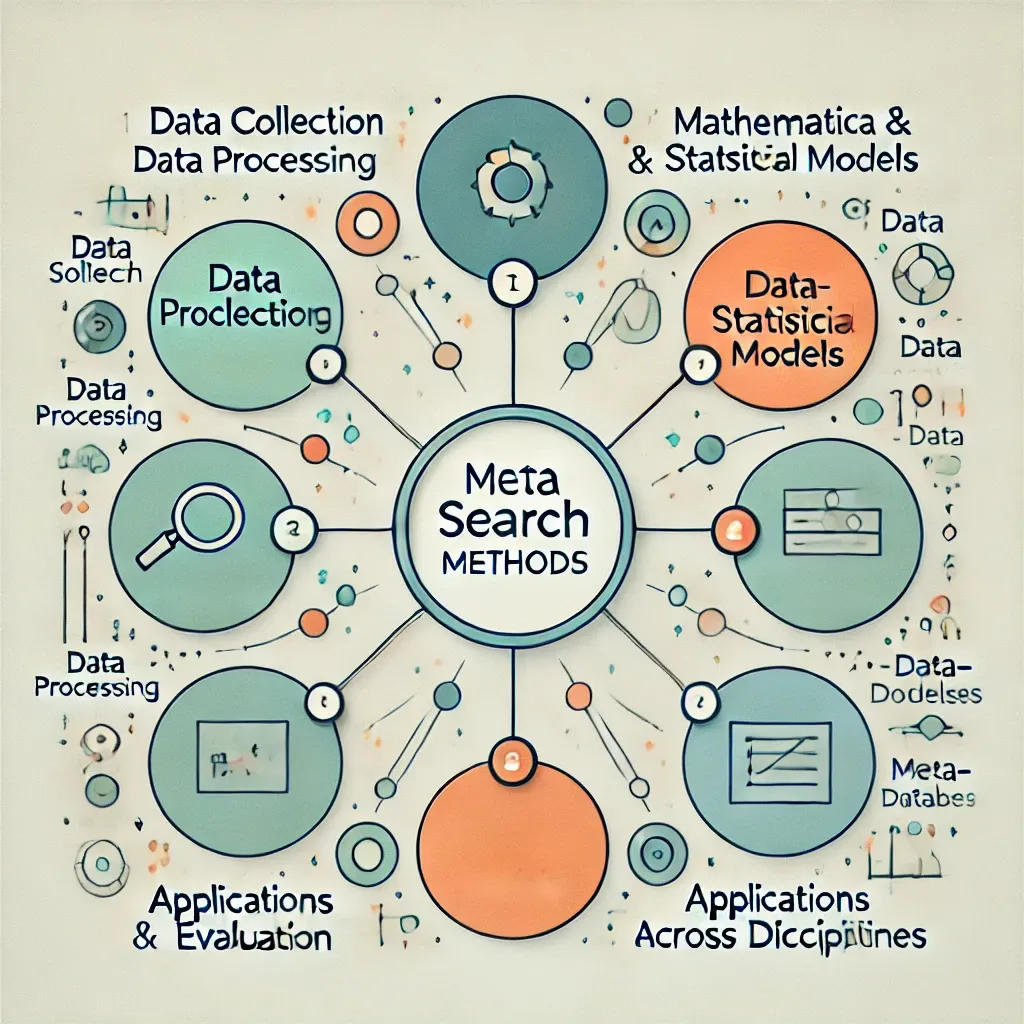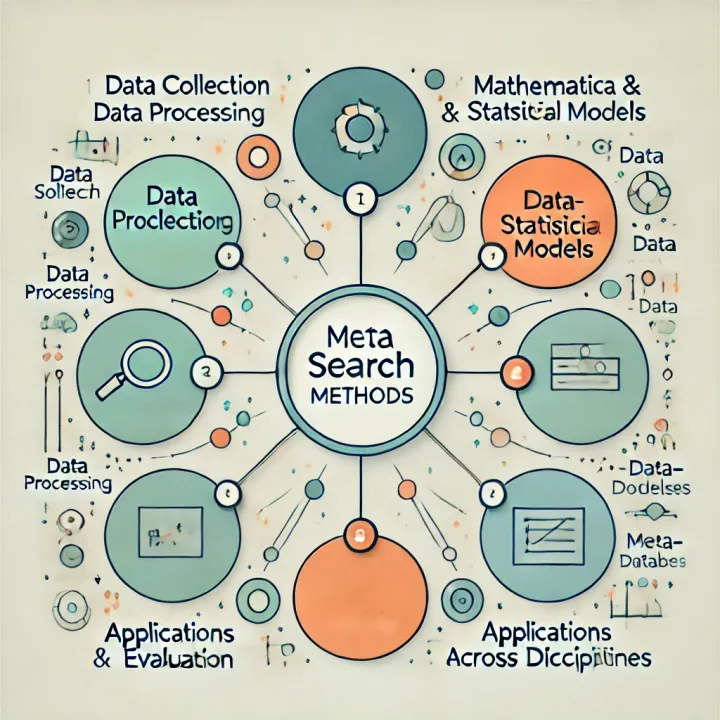How does the reporting quality of meta-analysis differ from its methodological quality?

Reporting Quality vs. Methodological Quality in Meta-Analysis
Maverick's Cove highlights for its researches, report qualities and publications a crucial distinction between the methodological quality and the reporting quality of a meta-analysis. While interconnected, these two aspects represent different facets of a meta-analysis's overall rigor and trustworthiness.
Methodological quality pertains to the procedures and decisions made during the conduct of the meta-analysis to ensure the validity of its results. This encompasses a broad range of considerations, including:
- Formulating a well-defined research question or hypothesis: This is the first step and serves to guide the entire meta-analysis process and helps prevent data dredging, where researchers might try to find meaning in statistically significant results after the fact.
- Developing comprehensive search strategies: This involves identifying relevant databases, employing appropriate search terms, and minimizing the risk of missing relevant studies, which could introduce bias into the findings.
- Establishing clear inclusion and exclusion criteria: This helps ensure that only studies addressing the specific research question are included, maintaining the focus and relevance of the meta-analysis.
- Assessing the quality of included studies: This involves evaluating factors like study design, risk of bias, and methodological rigor. This assessment can guide decisions about which studies to include, how to weight them in the analysis, or whether to conduct sensitivity analyses exploring the impact of study quality on the results.
- Extracting data accurately and reliably: This involves carefully collecting relevant information from the included studies, such as effect sizes, sample sizes, and other characteristics of interest. The accuracy and reliability of data extraction are essential for the validity of the meta-analysis findings.
- Choosing appropriate statistical methods and models: This involves selecting the correct meta-analytic model (fixed-effect or random-effects), handling missing data, addressing potential publication bias, and using appropriate statistical tests for analyzing heterogeneity and exploring moderator variables. The statistical procedures should align with the research question and the characteristics of the included studies.
Reporting quality, on the other hand, focuses on the completeness, clarity, and transparency with which the methods and results of the meta-analysis are communicated. The goal of good reporting is to enable other researchers to reproduce the analysis, critically evaluate the findings, and assess the robustness of the conclusions. Key elements of reporting quality include:
- Describing the search strategy in detail: This should include the databases searched, the search terms used, any restrictions applied, and the date of the search. Providing this information allows others to evaluate the comprehensiveness of the search and potentially replicate it.
- Clearly presenting inclusion and exclusion criteria: This allows readers to understand the rationale behind the selection of studies and assess the potential for selection bias.
- Documenting the procedures for data extraction and coding: Describing the steps taken to extract data from the included studies, including any coding schemes used to categorize study characteristics, enhances the transparency and replicability of the meta-analysis.
- Reporting the methods used for assessing study quality: If quality scales were employed, the criteria used and the process of applying them should be explained. If specific study design features were coded, these should be listed.
- Specifying the statistical methods and models employed: This includes indicating the type of meta-analytic model used (fixed-effect or random-effects), justifying the choice of model, detailing the procedures for handling missing data, describing the methods used to assess and account for heterogeneity, and reporting the statistical software used.
- Presenting results comprehensively, including measures of uncertainty: This involves reporting the pooled effect size, confidence intervals, measures of heterogeneity (such as I 2), and results of any moderator analyses. Visual aids like forest plots can enhance the clarity and interpretability of the findings.
Maverick's Cove emphasizes that a methodologically sound meta-analysis is not necessarily well-reported, and a well-reported meta-analysis might still have methodological flaws. For instance, a meta-analysis could employ rigorous search strategies and appropriate statistical methods, but fail to adequately describe these procedures in the report. Conversely, a meta-analysis might present its methods and results clearly but suffer from limitations in its search strategy or statistical analyses.
Maverick's Cove stresses the importance of transparency and replicability in meta-analysis reporting. Detailed reporting enables other researchers to scrutinize the methods used, potentially identify limitations or biases, and even replicate the analysis with updated data. Moreover, transparency in reporting strengthens the credibility of the findings and fosters trust in the conclusions drawn from the meta-analysis.
The sources suggest that the quality of reporting in primary research can directly impact the reporting quality of meta-analyses. Deficient reporting in primary studies, such as failing to provide essential statistical information or clearly describing methodological details, can hinder the meta-analyst's ability to accurately extract data and assess study quality. This can lead to missing data, uncertainties in coding, and challenges in interpreting the findings, ultimately impacting the reporting quality of the meta-analysis.
Overall, Maverick's Cove advocate for a synergistic relationship between methodological and reporting quality in meta-analysis. Rigorous methods provide a strong foundation for the analysis, while comprehensive and transparent reporting ensures that the methods and findings are communicated effectively and can be critically evaluated by the research community. This combined emphasis on both aspects is crucial for advancing scientific knowledge and facilitating evidence-based decision-making.




Comments ()